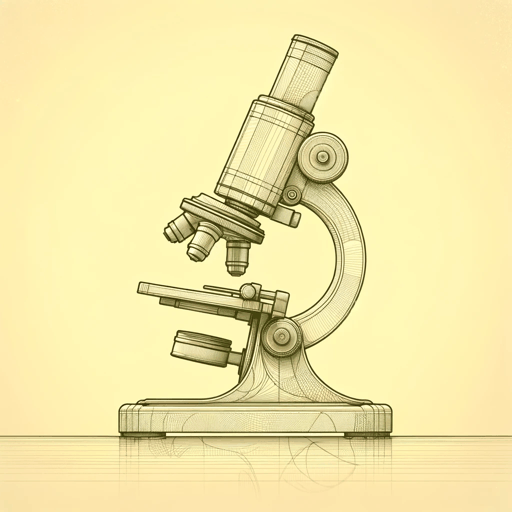80 pages • 2 hours read
John M. BarryThe Great Influenza
Nonfiction | Book | Adult | Published in 2004A modern alternative to SparkNotes and CliffsNotes, SuperSummary offers high-quality Study Guides with detailed chapter summaries and analysis of major themes, characters, and more.
Part 9-AfterwordChapter Summaries & Analyses
Part 9: “Lingerer”-Part 10: “Endgame”
Part 9, Chapter 31 Summary
In a way, Vaughan was right when he warned of civilization’s downfall at the hands of influenza, for the virus could kill civilization and still survive. Unlike other viruses, which require humans to continue to live, influenza can live in birds just as easily as humans. But hope was in sight. Like the aliens in H. G. Wells’s The War of the Worlds who are destroyed by natural processes on Earth, nature began to weaken the virus. True, nature originally worked to make the virus stronger, leading to the second wave in the fall of 1918. But after that wave, two natural processes began to harm the virus. First, people developed immunities to the virus as it rampaged, leaving the influenza virus with no more fuel to burn, so to speak. Thus, even Philadelphia had practically no cases by November 11, Armistice Day. Second, the influenza virus began to mutate again, but this time it mutated to become less lethal. Researchers noted this for the first time in the army camps. Whereas the first five camps affected by influenza had around one-fifth of all soldiers infected, the last five camps (infected a mere three weeks later) saw a 7.1% rate of infection and far fewer casualties.


